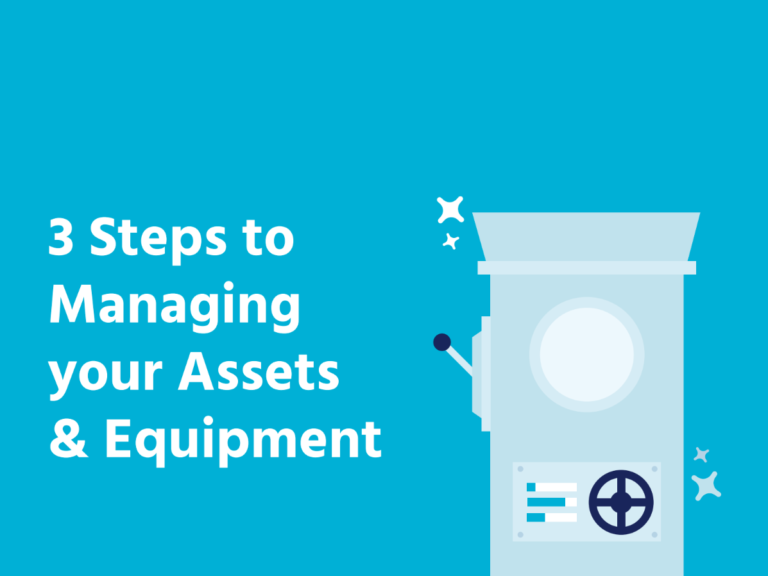Whether you have 5 assets or 500, managing and maintaining them is imperative for achieving operational success. Often, the costs and lost time resulting from ineffective management can easily be avoided and you can keep your critical assets running where and when they are needed. Get a jump start on managing your assets and equipment by implementing these 3 steps into your daily routine.
Extend the life of your equipment with preventive maintenance
When you take a preventive approach to maintenance, you can achieve cost savings, reduce unwanted downtime for your equipment, and extend the life of your assets. Putting off maintenance and applying band-aids as a quick fix can have detrimental effects on your equipment and assets. If you don’t uncover the underlying cause of the problem, then the equipment will continue to fail until, eventually, it is unable to be repaired.
On the other hand, performing preventive maintenance can help you uncover below-the-surface issues that you otherwise would not have found. By fixing these, you prevent constant breakdowns and ensure a longer lifetime for your facilities’ assets.
Create a detailed log of all activities associated with your equipment items
By tracking all the activities that have been performed on an asset or equipment item (inventory ordered, work orders completed, preventive maintenance performed, downtime, etc.), you are creating a powerful database that will help you down the road – especially when it comes to justifying expenses to replace old equipment or passing audits.
Tracking when inventory is ordered will give you an idea of how frequently certain equipment items are being used (for example, how many air filters your air handling unit is using). You can determine if it’s best to bulk order inventory or purchase it on an as-needed basis depending on the frequency of orders. While ordering inventory in bulk is usually the cheaper option, storing large amounts of inventory can be costly. Determining the quantity and frequency that best fits your asset needs is crucial for cost savings.
Tracking your assets through work orders and preventive maintenance tasks can also be helpful when you are looking to make updates to your facilities. If you and your technicians can determine when an asset was serviced last and what work was performed, you can make educated decisions on next steps – whether it’s replacing old equipment, or hiring more technicians. In addition, it holds your team accountable for work they need to get accomplished and the work they have already performed.
Track downtime for each equipment item
By tracking downtime for your assets you can begin to make educated decisions about each one. If you can’t determine how frequently an equipment item is failing, then you are losing valuable data.
For instance, you can use downtime tracking software to determine if you should repair or replace an equipment item. If an asset has broken down 3 times in the last year and cost you $500 in repairs, and a brand new one only costs you $600, you may want to consider investing in the new asset. In the long run, it will most likely cost you less money.
By tracking equipment downtime, you can also calculate the mean time between failures (MTBF) for these items. By determining predictions for when an equipment item is likely to fail again, you can plan in advance and shut it down at a time that works best for you. This way, you can repair it when it would have been off anyway, avoiding the costs, and lost time, associated with downtime.
In order to most effectively manage your assets and equipment, you should be doing the following:
- Ensure equipment and assets are properly maintained by implementing routine preventive maintenance checks
- Create step-by-step instruction sets for each preventive maintenance task so that your technicians are properly executing them
- Track all activities performed on each asset and piece of equipment (preventive maintenance, reactive maintenance, downtime, inventory ordered, etc.)
- Track downtime for all equipment
- Track mean time between failure (MTBF) and mean time to repair (MTTR) for all equipment
- Determine which equipment items incur the most costs
- Back up decisions regarding your assets and equipment with data and analytic
Are you ready?
These are just a few of the ways organizations have reduced operating costs, increased uptime, and ensure continuous operations everywhere they work.
Our maintenance management software takes the hard work out of managing your assets. With FMX, any work performed on an asset will be documented in the system and accessible to your team at any time. The system automatically tracks downtime, and you can store all of your inventory for easy management.You will be reminded each time it’s time to perform preventive maintenance, and any inventory used in that process will automatically update your inventory log in the database.
